Preface: My first major in college was in field of electronics, so I'm reasonable comfortable diagnosing electrical issues. However, I currently do not have an ohmmeter (that I believe would help me DX this issue).
My SWG has not produced chlorine for some weeks now and it turns out the power LED is not on. The display still is functional, it has correct salt level, everything else looks normal while I go through diagnostics, except the voltage is listed at 1.1 (way too low, I'm expecting around 22 or so), and of course 0.0 amperage.
Looking through web, one of possible causes is a blown SWG fuse.
Does anyone know of an easy way for me to determine whether or not the fuse needs replacing? With an ohmmeter I would connect to both ends of fuse and if the resistance is infinity, I'd know that the fuse has been blown, but I don't have an ohmmeter with me. Does anyone know of an alternative way for me to test the fuse out when I remove it from the SWG circuitboard?
Thanks in advance.
My SWG has not produced chlorine for some weeks now and it turns out the power LED is not on. The display still is functional, it has correct salt level, everything else looks normal while I go through diagnostics, except the voltage is listed at 1.1 (way too low, I'm expecting around 22 or so), and of course 0.0 amperage.
Looking through web, one of possible causes is a blown SWG fuse.
Does anyone know of an easy way for me to determine whether or not the fuse needs replacing? With an ohmmeter I would connect to both ends of fuse and if the resistance is infinity, I'd know that the fuse has been blown, but I don't have an ohmmeter with me. Does anyone know of an alternative way for me to test the fuse out when I remove it from the SWG circuitboard?
Thanks in advance.


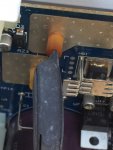
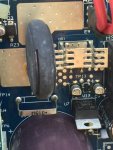
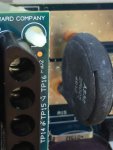
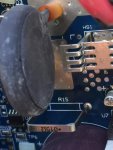
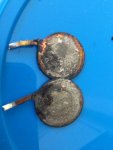
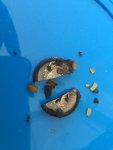
 Good job. Thanks for the update.
Good job. Thanks for the update.